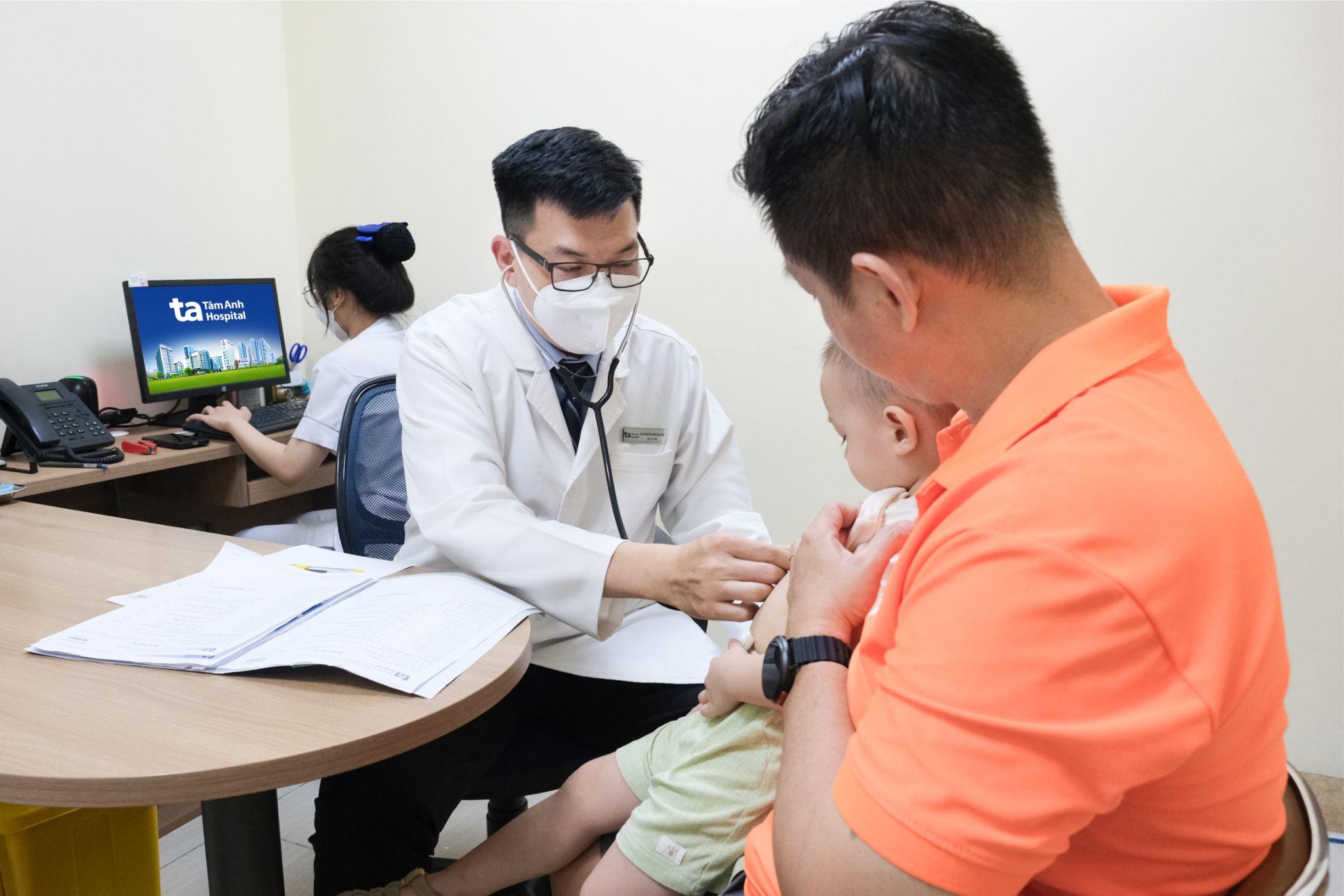Answer:
Bronchiolitis is an acute respiratory infection mainly affecting children under 2. Children with bronchiolitis can stay in an air-conditioned room, as a comfortable environment can help them feel better. However, parents should use air conditioning appropriately, as children's respiratory systems are typically more sensitive than usual, and illness can easily worsen.
For safety, parents should maintain the room temperature between 26 and 28 degrees Celsius, not significantly different from the outside temperature (a difference of no more than 7 degrees Celsius). Avoid setting the temperature too low, especially at night. The child should be positioned away from the direct flow of air conditioning, with the airflow directed towards the ceiling. Do not use additional fans in the air-conditioned room that might blow directly onto the child. Dress the child in long-sleeved clothing, socks, and a breathable hat, or cover them with a thin blanket to keep their body warm, especially the chest area.
 |
Doctor Chau is examining a child patient. Illustrative photo: Tam Anh General Hospital |
The family should use a humidifier or place a small bowl of water in the room to increase humidity. A few drops of saline solution can be applied to the child's nose to keep their airways moist. Avoid letting the child move abruptly between air-conditioned and non-air-conditioned areas. Before taking the child outside, turn off the air conditioner and wait 10 to 15 minutes for the room temperature to gradually increase, allowing the child's body to adapt to the new temperature and avoid thermal shock. Parents should also avoid keeping the child in an air-conditioned room for 24 hours straight. It's advisable to set a timer for the air conditioner to turn off after 3 or 4 hours. The air conditioner should be cleaned regularly, at least once or twice a month, to prevent the accumulation of dust, bacteria, and mold, which can be harmful to the child's respiratory system.
When a child has bronchiolitis, parents should regularly clean their nose and throat with saline solution, provide adequate nutrition and electrolytes to help them recover faster. If the child shows signs of excessive coughing, difficulty breathing, cyanosis (bluish skin), rapid breathing, chest retractions, persistent high fever, fatigue, lethargy, or difficulty waking up, parents should take them to a hospital with a pediatric department for examination.
Doctor Nguyen Dong Bao Chau
Pediatrics Department, Tam Anh General Hospital, Ho Chi Minh City
| Readers can submit questions about respiratory diseases here for doctors to answer. |












